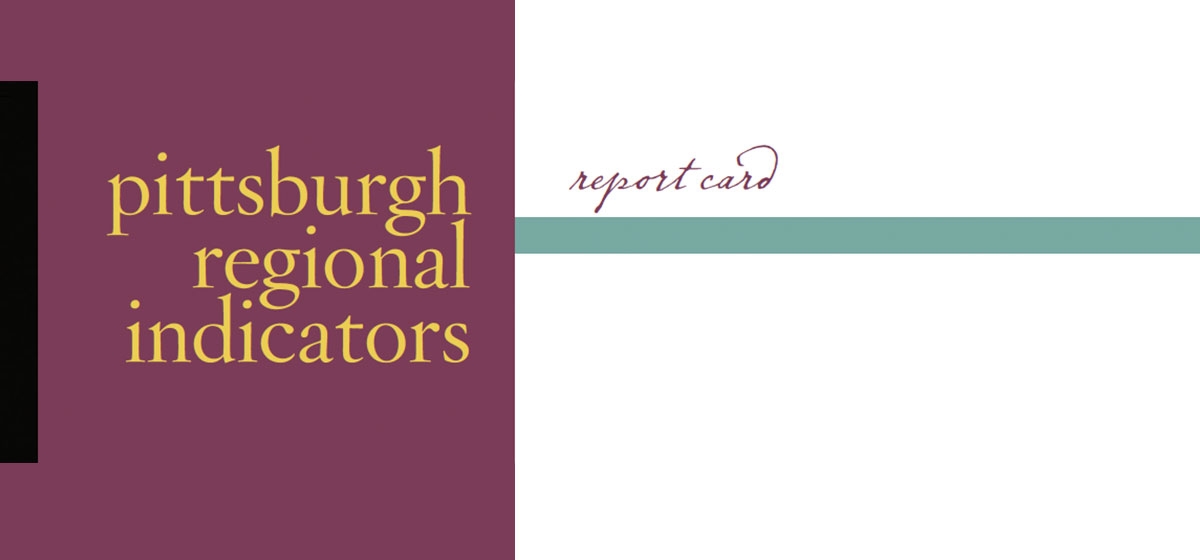Let’s Solve the Region’s Fiscal Strain

Very much in the news these days are the related subjects of unfunded pension liabilities and escalating costs of employee benefit packages because of rising health care costs. They are delivering a one-two punch to local governments and school districts throughout the nation, with the situation being particularly acute here in the old industrial heartland.
At the annual Elected Officials Retreat of the University of Pittsburgh’s Institute of Politics in September, the topic was a principal agenda item. The institute’s Committee on Fiscal Policy and Governance, chaired by Allegheny County executive Dan Onorato and the Heinz Endowments’ Maxwell King, will spend the next 12 months assembling information and defining for the public the tough fiscal choices facing all local governments in this region.
On Oct. 19 Onorato and Pittsburgh Mayor Luke Ravenstahl launched a key component of that initiative when they introduced a 13-person citizens group headed by Pitt chancellor Mark A. Nordenberg. The focus of this committee is more parochial: What can be done to ease the fiscal strain at the regional core, with Ravestahl’s home town being the 360,000-person tail wagging that 1.23-million-person metaphorical canine, Allegheny County?
In case it had slipped your mind, in 1998 Pittsburgh had an unfunded pension liability of $511 million. In 1999 Pittsburgh took on $300 million of bonded public debt to reduce its unfunded pension liability to $248 million. At the end of last year, the unfunded pension liability was back up to $469 million, and there is every reason to believe that it’s $500 million now. That $500 million is a shade less than “the half of it” when it comes to Pittsburgh’s total indebtedness. (This has nothing to do with the Pittsburgh Public Schools, which operate independently and are solvent.)
OK, but enough about the old Pittsburgh. Back to the larger challenge. If you have visited our new regional indicator Web site, www.pittsburghtoday.org, and clicked on government indicators, you have seen some very limited but overwhelming evidence of the relative dimensions of the problem. The first government indicators are very basic — the number of local governments and school districts in the Pittsburgh metropolitan area. The numbers are given two ways, government and school district totals and the same numbers per 100,000 population, with Pittsburgh being compared in both instances to 14 other benchmark regions. Pittsburgh leads the pack by a comfortable margin in all but one instance where it is edged out by St. Louis in the “all other government” category, a catchall for everything from water authorities to transit agencies to municipal pension boards.
If you are like me, your next response is “so what?” Pittsburgh has a high of 464 local general purpose governments to Baltimore’s low of 26. Is that determinative in and of itself? Does the fact that Kansas City has 4.8 school districts per 100,000 people to Boston’s 0.3 assure good things for the students in Kansas City’s schools? Is a high ratio bad, a low ratio good or visa versa? Of course not. When it comes to public services the goal is optimum size for the particular task. The challenge is to get the right fit between the service demanded and the most efficient means for its delivery. What matters, in short, is not the total number of governments but effective performance by specific local governments or school districts over many years as well as superior regional performance across a menu of public services.
This complicates significantly the work of outfits like PittsburghToday and the Institute of Politics. Yes, it is easy enough to compare tax rates, everyone’s favorite. But those calculations are crude measures of governmental performance. “Relative tax burden” is a fashionable but suspect indicator until one can produce such basics as equalized property assessments, employee benefit expenses adjusted for cost of living variations and the comparative roles of state and federal subsidization in individual municipal budgets. No one has been able to do that around here despite 30 years of talking about “out-of-control” government.
What we have gotten instead is a regular diet of tantalizing analysis like the comparative numbers on pensions in Figure 1. But what does it mean? Is it bad that average pension benefits are high in Colorado and that employee contribution rates are low in Virginia? Does Pennsylvania look good there in the middle of the pack? Should our workers be kicking in more — or less? Should the goal be no employee pensions in order to assure a more competitive local tax rate? Or if our government employees are to get a pension, wouldn’t it be better if they made provisions for it themselves? But enough. You get the idea.
The ultimate fly in the ointment of the fiscal dogmatists and the academic theoreticians is the most important question of all: What does the citizen want from local government? I would argue that post World War II experience strongly suggests she wants intimacy before all else, whether the topic be teacher/pupil ratios, assurances that no broken window or graffiti tag goes unrepaired or that the EMS response times are the best. A related reality is that cheapest is not necessarily best; she is willing to pay a modest premium for personalized service, to know the man who collects the trash and to be able to get the town manager on the phone. Evidence of this preference abounds in our region of small cities, boroughs and townships. The citizen wants, and to a significant extent has, local control — even in Pittsburgh, the region’s only major urban neighborhood, where one-party ward politics remain surprisingly viable.
But there are real risks in leaving it at that, as we are discovering in western Pennsylvania. Mountains of dirt can slide down a hill and close off major transportation arteries as a consequence of local government being over its head but unwilling to admit it. Pittsburgh and Allegheny County could merge and still be broke because there is just no palatable way around arbitrated pension obligations for public safety employees. Talk all you want about high property taxes — and people most certainly will. Yet it is difficult to get these same people to face the fact that the richer the school district (and school districts are the cause of high local property taxes) the higher its teachers’ salaries and benefits and the bigger its budget. Public education in western Pennsylvania, with all its inequities, is organized by and for the benefit of the upper middle class before all else. Yes, intimate local government comes at a cost — particularly when it can be passed along to someone else.
As PittsburghToday develops indicators in the months ahead to help initiatives like those of the Institute of Politics to bear fruit, its primary goal will be to promote a major “sorting out,” to work to keep local only those services that need to be local, to be rid of responsibilities for which economies of scale are obvious and for which there is no wide public taste for a strong personal hand. Tax collection, region-wide pay scales and health contracts are very obvious examples, and there are surely others. If France can operate a national school system with one district, we ought to be able to buy liability insurance, compensate accountants, solve murders and assess real estate in the 22 counties of Pittsburgh with no more than three systems, max.




